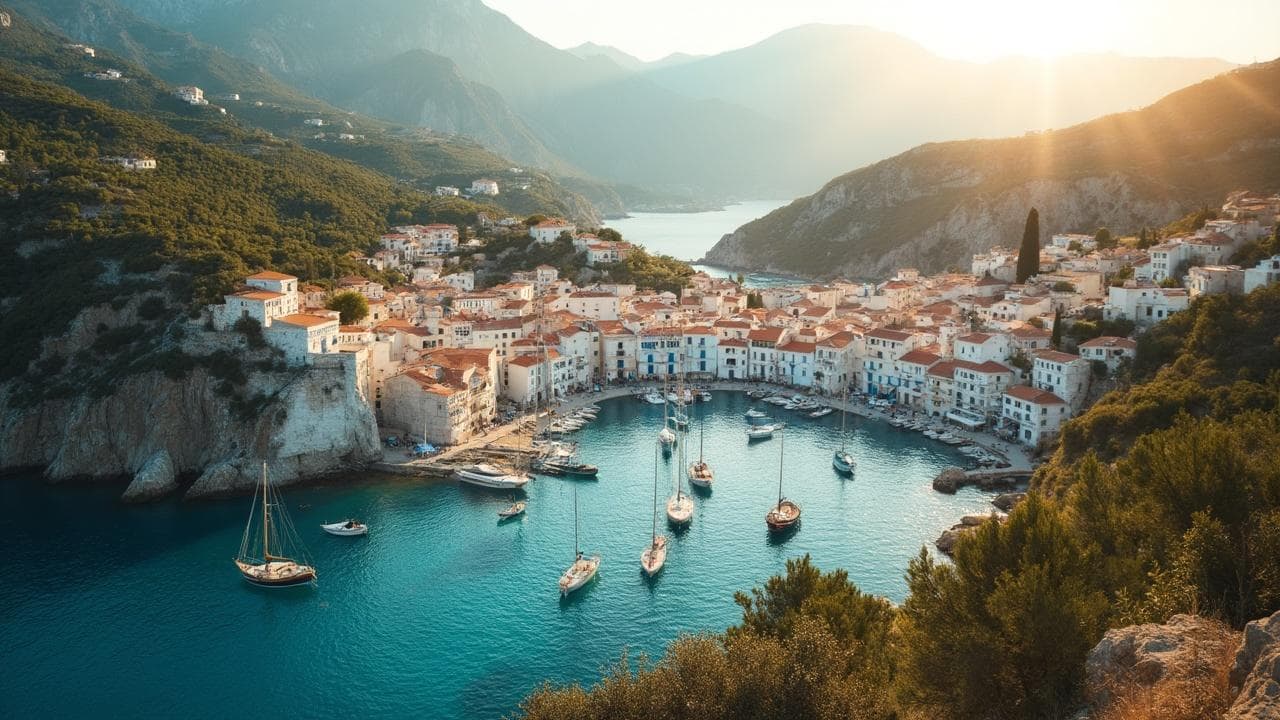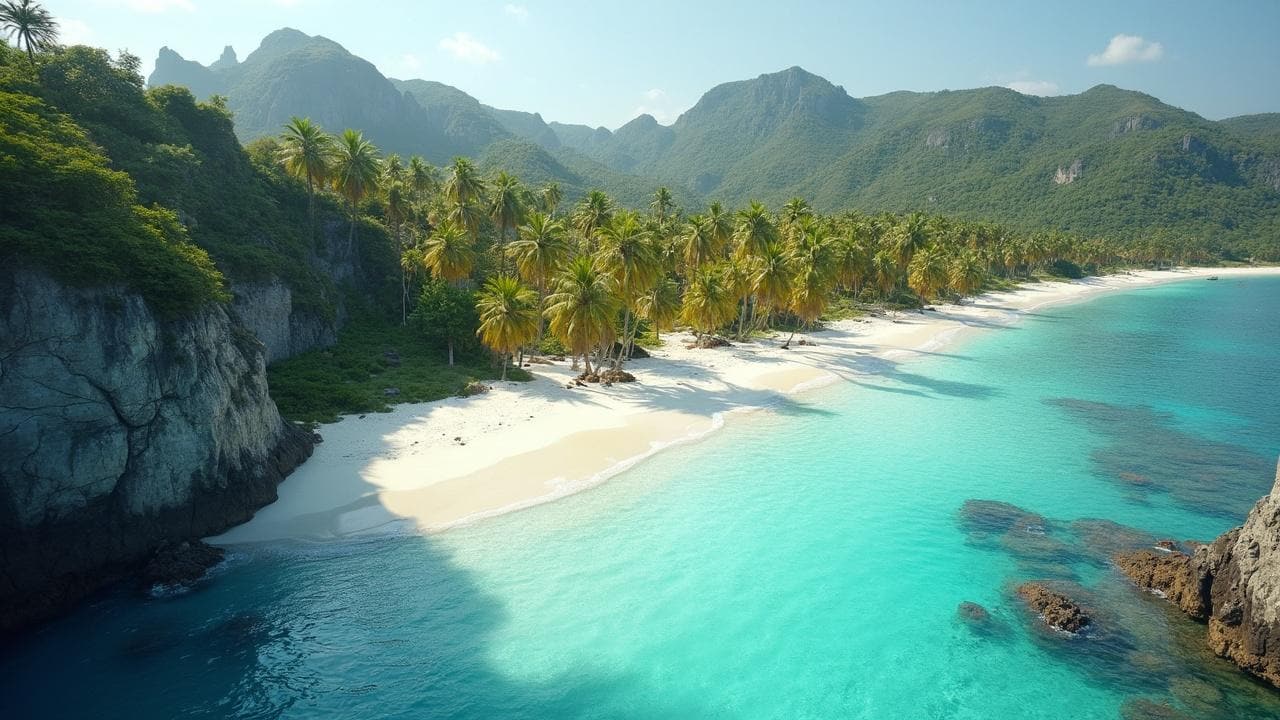Visiting the beautiful shores of Costa Rica offers breathtaking views and pristine beaches and invites adventurers to enjoy the surf.
However, understanding the dynamics of the ocean, including rip currents, is crucial for ensuring a safe and enjoyable experience.
As a seasoned traveler who has had his fair share of close calls with the powerful forces of nature, I’ve come to appreciate the importance of beach safety and the significant role that beach flags play in keeping us informed.
In this article
- Decoding beach flags for safe swimming
- Overcoming rip current challenges
- Making lifeguard-protected beaches a priority
- Wrap up
Decoding beach flags for safe swimming
My journey into understanding the significance of beach flags began on a sunny afternoon on one of Costa Rica’s renowned beaches. I noticed a variety of flags flapping in the wind, each with its unique color.
It was a visual language, speaking volumes about the conditions of the beach that day. The most common colors I encountered were red, yellow, and green—signaling different levels of swimming conditions, from dangerous to safe.
A purple flag intrigued me, indicating the presence of marine life that could be potentially harmful, like jellyfish.
But it wasn’t just about recognizing the colors. Understanding the meaning behind each flag became a critical aspect of my swimming routine. For instance, a single red flag implied high surf or strong currents, warning swimmers to proceed cautiously.
In contrast, a double red flag meant the water was entirely closed off to the public due to extremely hazardous conditions. This visual communication system between lifeguards and beachgoers is an essential guard against potential dangers lurking beneath the waves.
Why paying attention matters
I recall a day when the yellow flag waved, indicating moderate risks. As someone always eager for a swim, I interpreted it as a caution rather than a deterrent.
That day, the ocean taught me respect—its currents more challenging, reminding me of the ocean’s unpredictable nature. Since then, I’ve made it a point to seek guidance from lifeguards and local experts, ensuring that my adventure isn’t a cautionary tale.
Diving deeper into beach safety, I realized the global value of flag systems. Similar protocols exist in various parts of the world, emphasizing the universal need for beach safety awareness.
Each country or region might have its unique spin on the system, but the underlying message remains clear—respect the ocean and understand the signs it provides through these flags.
Overcoming rip current challenges
Encountering a rip current for the first time is an experience I’ll never forget. During one of my initial visits to Costa Rica, I found myself unknowingly caught in a narrow channel of fast-moving water pulling away from the shore.
The sensation was baffling and terrifying as I struggled against the force that seemed determined to drag me further into the sea.
As I learned, the key to surviving a rip current is not to panic. Panicking only exhausts energy without aiding in the escape.
Instead, recalling advice from seasoned swimmers, I remembered the vital steps to float and signal for help while conserving my strength.
Rip currents don’t pull you underwater; they pull you away from shore. By swimming parallel to the shoreline, I could escape the current’s grip and make my way back to the beach, albeit with a new respect for the ocean’s power.
Spotting and avoiding rip currents
I’ve honed the critical skill of spotting a rip current before entering the water over time. Look for areas where waves aren’t breaking, creating a channel of churning, choppy water—a telltale sign of a rip current.
Another indicator can be a line of foam, seaweed, or debris moving seaward. These signals become more apparent from a higher vantage point, like a beach access dune, offering a chance to avoid these dangerous areas altogether.
My second nature is always checking the local beach conditions before setting out. Understanding that rip currents are more prevalent during low tide and in the presence of strong winds or storm systems has been instrumental in planning safer swimming times.
This proactive approach has safeguarded me and allowed me to share these lifesaving tips with fellow travelers.
Making lifeguard-protected beaches a priority
One lesson that stands out in all my beach adventures is the value of choosing lifeguard-protected beaches whenever possible.
Lifeguards are not only vigilant watchers who can spot trouble and initiate rescues quickly, but they’re also knowledgeable guides who can offer advice on current conditions and safe swimming spots.
During a visit to a beach without lifeguard protection, I’ve become more cautious, relying on my understanding of rip currents and beach safety protocols.
Bringing along a personal flotation device has added an extra layer of safety, ensuring that if I or someone nearby is caught in a rip current, we have an immediate source of buoyancy to help stay afloat.
The importance of heeding lifeguard instructions
Every interaction I’ve had with lifeguards has reinforced the importance of following their instructions and respecting the flags and signs they put up. These trained professionals are on the front lines of beach safety, equipped to handle emergencies and prevent potential disasters.
Their advice on when and where it’s safe to swim has been invaluable. They sometimes changed my plans but always ensured my safety.
The practice of swimming only at beaches with lifeguard protection can’t be overstated. Regardless of how experienced one might feel as a swimmer, the ocean’s dynamics can quickly change, making a lifeguard’s presence reassuring.
Moreover, understanding and respecting the beach flags can mean distinguishing between a memorable swim and a close call—or worse.
Wrap up
In conclusion, navigating the beautiful but sometimes treacherous waters of Costa Rica—or any coastal destination, for that matter—requires a blend of respect for nature, knowledge of safety protocols, and common sense.
Through my tales and close encounters, I hope to inspire fellow travelers to embrace the beauty of the ocean responsibly, always mindful of its power.



